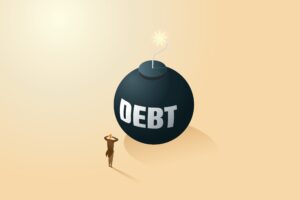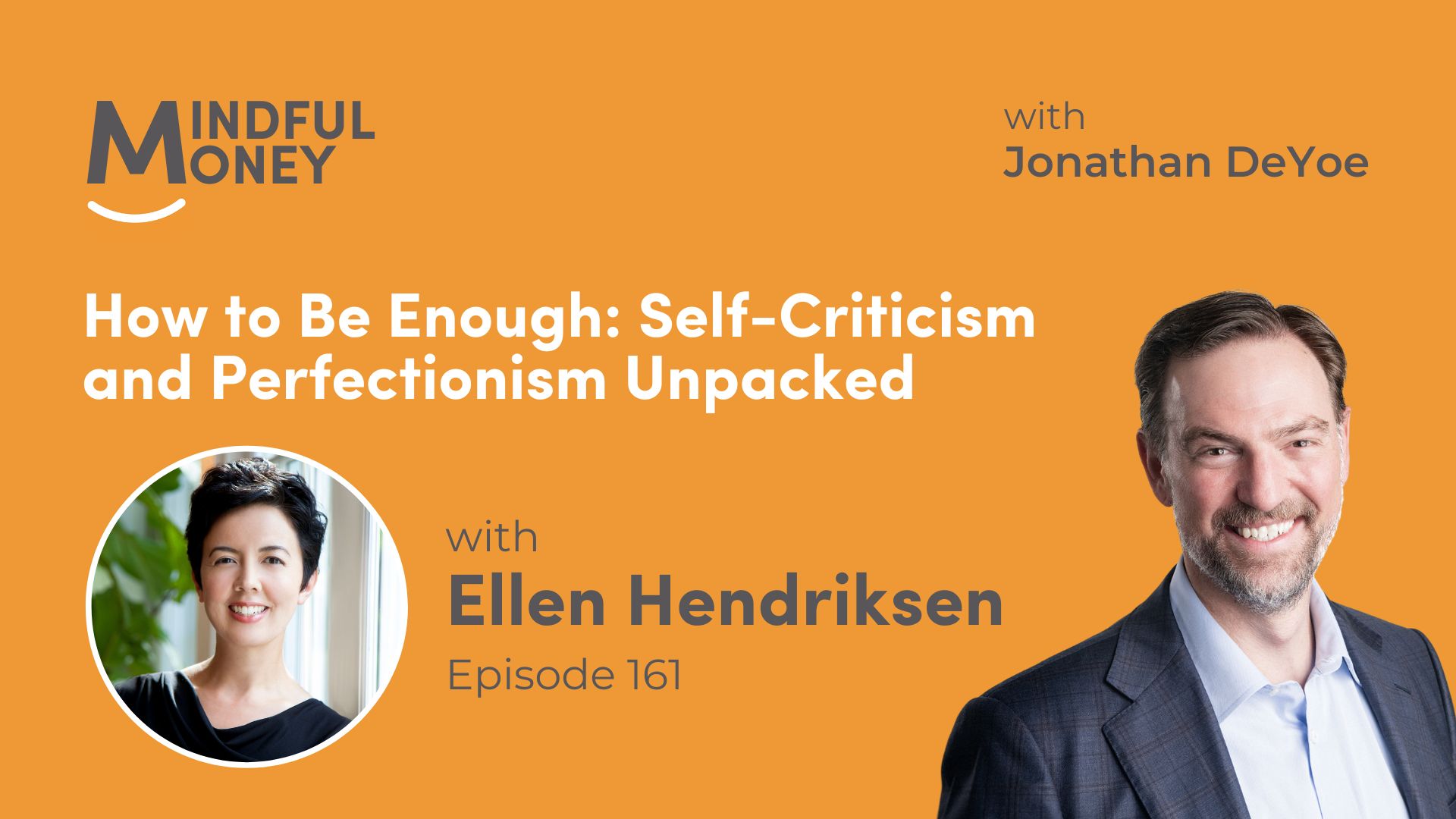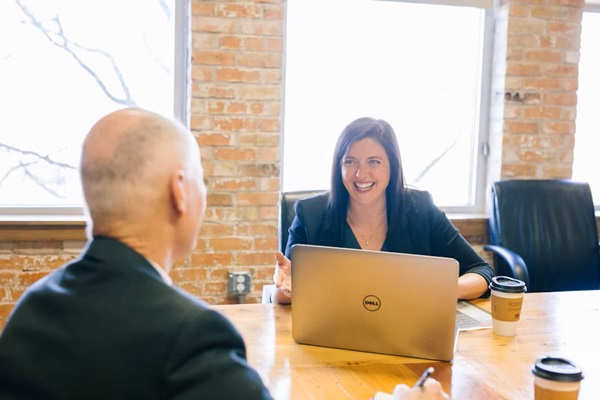There is a lot of talk about financial literacy in America these days, and for good reason. According to the 2018 National Financial Capability Study, Americans are struggling:
- The divide between the struggling and the prosperous is widening.
- 53% of Americans report feeling anxious about finances.
- 42% have been late on a student loan payment; 47% wish they would have chosen a less expensive college.
- 32% have a side-hustle or gig employment to make ends meet.
Most of the talk focuses on improving our financial intelligence, filling our minds with the knowledge of how to do the right thing. And this makes some sense.
It Starts With Financial Knowledge
At the end of 2020, the FINRA Investor Education Foundation published a report that found, “…financial literacy has significant predictive power for future financial outcomes, even after controlling for baseline financial characteristics and a wide set of demographic and individual characteristics that influence financial decision making.”
In fact, financial literacy may be more important today than it has ever been. That’s because the responsibility for saving, investing, and generating income for retirement has shifted from companies (that managed defined benefit plan assets) to individuals (who manage 401(k), 403(b), and other defined contribution plan assets).
The researchers administered a quiz at the beginning and end of the research period (six years). The quiz included questions that were a lot like these, which are derived from questions asked by the National Financial Capability Study (answers at the bottom):
- Suppose you have $100 in a savings account and it is earning 2 percent a year. After five years, how much money will be in the account?
- More than $102
- Exactly $102
- Less than $102
- I don’t know
- Now, suppose the interest rate on your savings account is 1 percent a year and inflation is 2 percent a year. After one year, will the money in the account buy more than it does today, exactly the same as it does today, or less than it does today?
- More
- Same
- Less
- I don’t know
- When interest rates increase, what typically happens to bond prices? Do they rise, fall, or stay the same? Or is there no relationship between interest rates and bond prices?
- Rise
- Fall
- Stay the same
- No relationship
- I don’t know
- Suppose you owe $1,000 on a loan and the interest rate you are paying is 20 percent per year, compounded annually. If you don’t pay anything on the loan, how many years will it take for the amount you owe to double?
- Less than two years
- Two to four years
- Five to nine years
- Ten or more years
- I don’t know
(If the answers at the end of the article generate questions for you, please give us a call.)
Financial Literacy is certainly the first big hurdle. We can benefit from knowing more. Yet, even with all the information available – and we have added our courses to the mix – the outcomes for real people in real life aren’t improving.
And Knowledge Isn’t Enough
It seems that knowing what to do — and doing what we know we should do — are two entirely different things. We know we should learn more, but we don’t. We know we should save more, but we don’t. We know we need an emergency fund, but we don’t have one. And it goes on and on. Perhaps the more important hurdle to overcome is this “knowing-doing” gap.
Once we know the simple actions we need to take, the question is, will we take them? How can we motivate others to learn about personal finance and then take the actions that would benefit them?
This is very much like eating a healthy diet. When I’m staring at a menu, faced with the decision between “salad, chicken, and water” or “burger, fries and a Coke,” it is often the much louder part of my brain that wants the latter. At 49, I am getting better and better in this category, but I still succumb to the louder voice more often than I should. The accountability to my (infuriatingly) healthy-eating wife and my 2 curious, always watching kids has saved me on more than one occasion.
Would our personal financial choices benefit from the same type of accountability? We know that “teaching” is necessary, but we are discovering that it is not sufficient. When we teach, we show someone how to do a thing until we know they know how to do it for themselves. Then we move on to another lesson or another person. But, do we ever check to see that our students are taking action?
In coaching, we start by teaching what needs to be done, and then we do the action right alongside the individual for a number of years or until she or he turns that behavior into a habit. In coaching, we hold the individual accountable for their actions. We help them bridge the knowing and the doing. What could be more important than that?
The Consumer Financial Protection Bureau would like to see financial education standards and requirements in all 50 states. I agree this is an important start. But once we are educated, we must take action.
Taking action over many years, over a lifetime, requires ongoing conversations. We need good role models, inspiration and motivation. We need “coaching.”
Answers:
- A – More than $102.
- C – Less.
- B – Fall.
- B – Two to four years.





